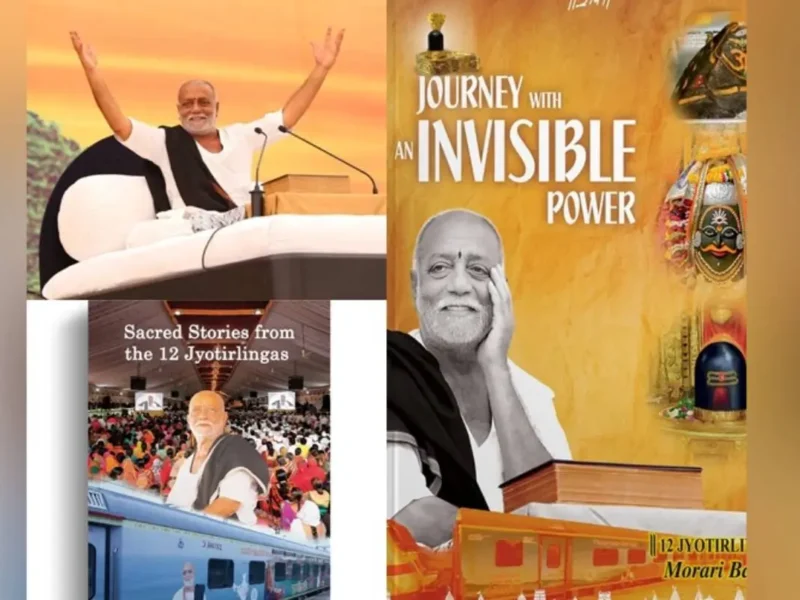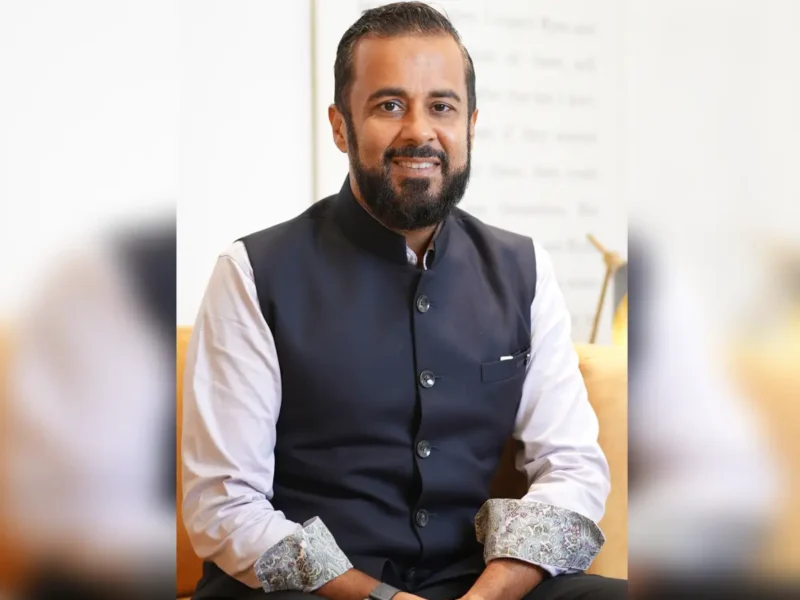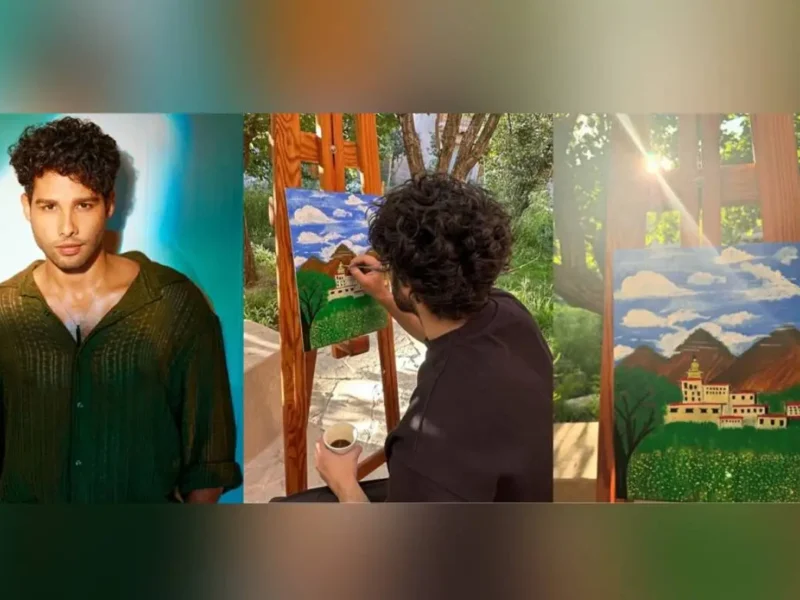
All Art Forms Hail From a Single Aesthetic Philosophy: Geeta Chandran
BY SUKANT DEEPAK
NEW DELHI, (IANS) -When the pandemic caught everyone off guard, making the familiar strange and colors monochromatic, and inviting fear, panic, discrimination, and depression; dance, for Geeta Chandran became her co-traveler.
“Its potential to create joy and provide emotional sustenance and creative energy was something that saved me, despite two attacks of Covid that my family and I faced,” remembers Bharatnatyam dancer Chandran, recipient of the Padma Shri and Sangeet Natak Akademi honors.
Even as we embrace new normal post-pandemic behaviors, much different from our pre-pandemic lives, Chandran decided to pay tribute to the dance source that helped her survive and overcome. Thus, was born ‘In Search of Infinity’, an “autobiography of my dance spirit”, set to be staged at India Habitat Centre in the national capital on May 21.
“It reveals the internal landscape that was robust enough to keep me busy, occupied, and happy,” she tells IANS.
For someone who has been engaged with Bharatnatyam for four decades now, starting out at the age of five, she says that the dance form is her language of communication which she uses both to delve into its magical dance traditional heritage and say things that she finds important and meaningful as an artist.
“This resilience in my art form to be flexible — both ancient and contemporary is its biggest high,” she adds.
Chandran, who has also learnt music feels that for her both dance and music emerge and feed off each other. Rejecting the silo approach to the arts, she says that different art forms, including music, dance, painting, sculpture, poetry, literature, and cinema hail from a single aesthetic philosophy.
“And I am constantly inspired by creativity in all these disciplines. And that leads me to collaborate with artists across genres and enjoy the creative spark that emerges.”
Lamenting how artists were left to fend for themselves during the pandemic, she feels that it was a new low.
“Many of us were robbed of our regular sources of income — performances. How did artists survive financially and psychologically? No one cared about that. I see that as a huge tragedy. While several countries, both large and small created special tracts to support artists, here in India, where art and culture are so much a part of who we are as a people, we felt ignored and completely inconsequential.”
Talk to her about performance courses being introduced in multiple universities, especially private ones, and Chandran feels that considering performance art must be academically analyzed, it is a positive development.
“However, we cannot be merely driven by western conceptual theories of performance. We need to create a new robust language of analysis of Indian performing arts where both creation and its viewing are experiential. Theory needs to follow the practice. I know of performing art scholars who get PhDs without ever watching a performance.”
When it comes to audiences, the dancer feels that they have not changed as fast as the ways to consume entertainment (have changed).
She feels that with options available with a click of a remote, audience behavior in consuming culture have altered.
“To an artist, this is a challenge; on the one hand we have to cater to the traditional audience that comes to watch us live, but then there is the other vast audience waiting for us in metaverse, OTT and social media platforms. How can artists with their limited resources tackle these multiple platforms? How can we ensure that in this new universe it is not the richest who win, but the most talented and creative? And what a huge challenge that is for the future of our arts,” she concludes.




